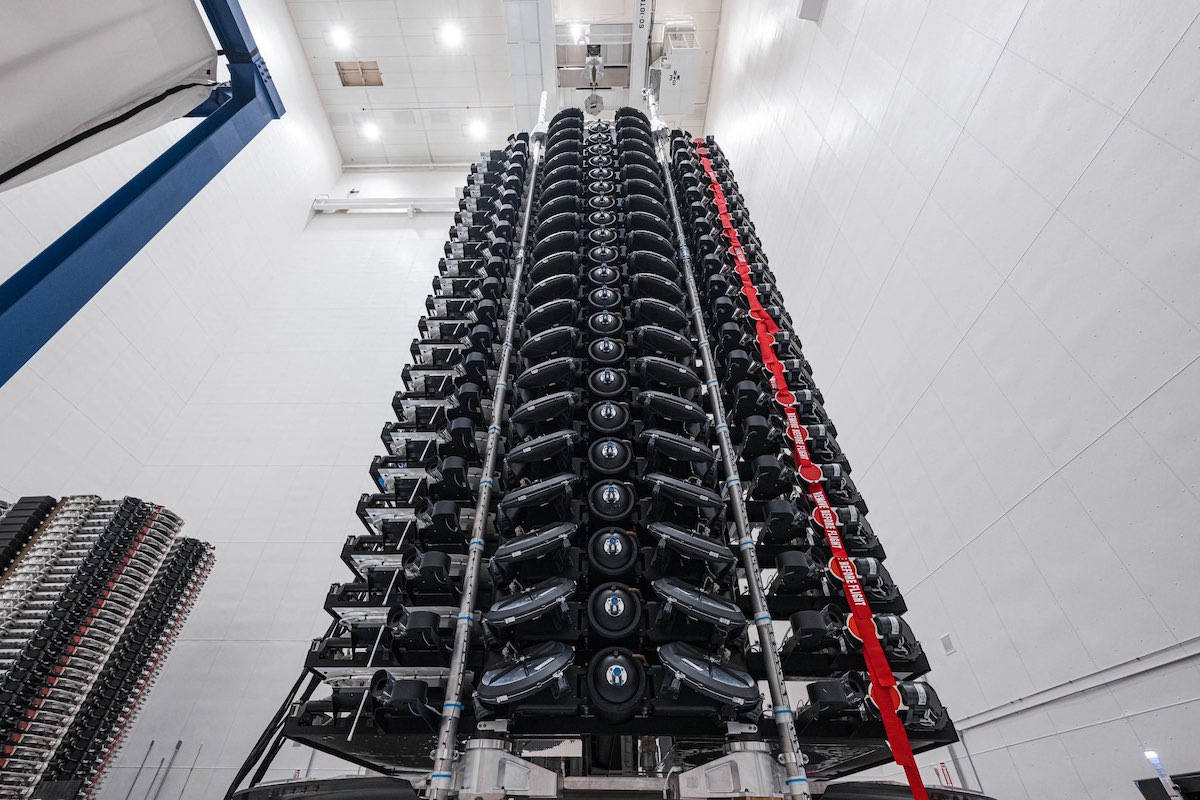On February 28, a successful launch of a Falcon 9 rocket took place from the Cape Canaveral cosmodrome. The carrier launched the first batch of second-generation Starlink satellites into orbit. They received the designation V2 Mini.

The Starlink V2 Mini is an intermediate stage between the previous generation of devices (V 1.5) and those Starlinks that will be launched using the Starship spacecraft. Despite their designation, these satellites are much larger and heavier than their predecessors. The mass of the Starlink V2 Mini is 810 kg, and the diameter (after opening the solar panels) is 30 meters. If the Falcon 9 averaged 50 – 55 Starlink V 1.5 per launch, now a batch of 21 devices has gone into orbit.
The new Starlinks are equipped with new argon-powered Hall thrusters for orbit maneuvering. They have 2.4 times more thrust and 1.5 times more specific impulse than xenon engines on V 1.5. As for the bandwidth of the Starlink V2 Mini, it is four times higher than the previous generation. The satellites are equipped with more powerful antennas and are able to transmit signals directly to smartphones. And the next generation of Starlink will have even larger dimensions than the V2 Mini.
It is worth noting that after the launch of V2 Mini, SpaceX also published a curious video. It demonstrates the actuation of the bar of the satellite deployment system. We can see the V2 Mini batch separation and the Falcon 9 second stage from a very unusual angle.
According to https://spaceflightnow.com
Follow us on Twitter to get the most interesting space news in time
https://twitter.com/ust_magazine

